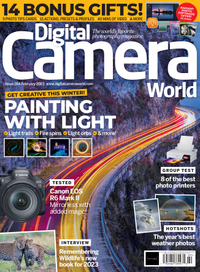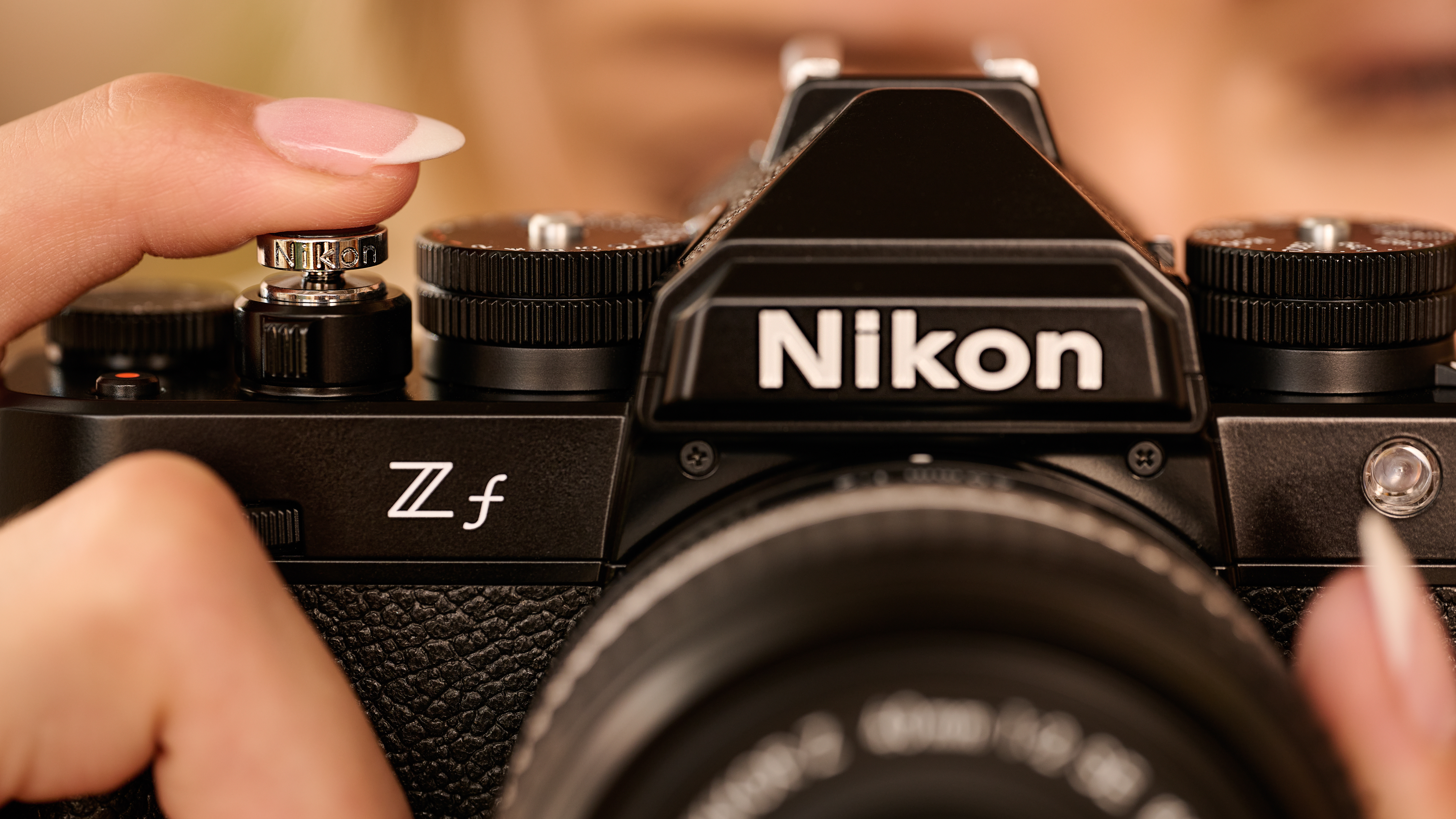Top nature photographer Paul Nicklen tells all in Masters of Photography course
Over 50 lessons, the next generation of nature photographers can learn from one of the leading pros working in conservation
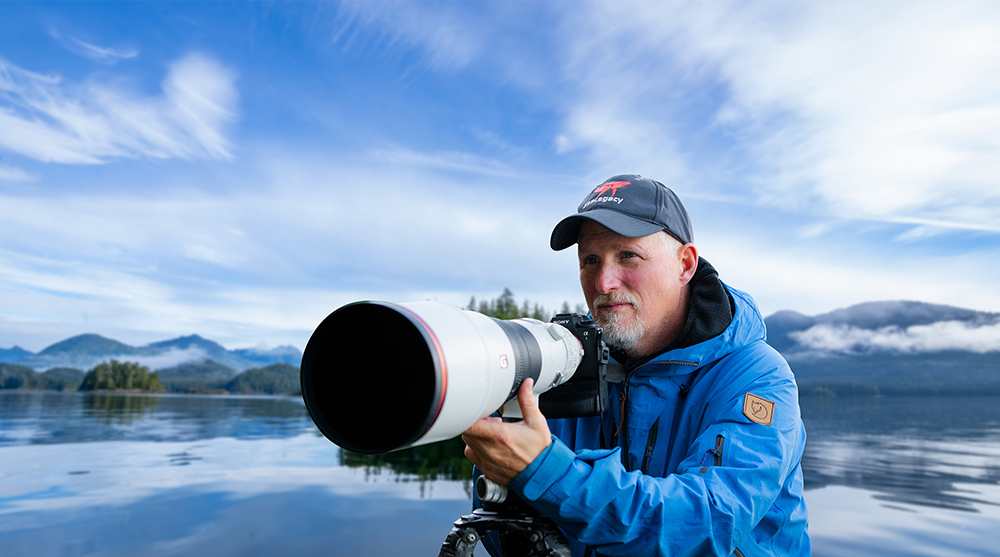
In his long and distinguished career, nature photographer Paul Nicklen has captured images that have been hugely significant in keeping awareness of conservation at the front of people’s minds.
Photography has become far more democratized since Nicklen first picked up his camera, with the technical advances of digital cameras and the internet and social media making it easier than ever for photographers to connect with their viewers.
And it’s this connectivity that Nicklen has turned to for his Masters of Photography online course, which has just launched – spread over 50 lessons, budding or established nature photographers alike can learn from one of the top professionals working in the conservation space.
We caught up with Nicklen to discover more about the course, why he decided to participate in it, and what his prospective students will learn…

Nicklen is a Canadian photographer, filmmaker and marine biologist, who uses his camera to reveal the nature of the changing polar regions due to the effects of a warming planet. He has documented the beauty and plight of our planet for over 20 years as an assignment photographer for National Geographic. Paul is the co-founder (along with his wife Cristina Mittermeier) of SeaLegacy, an organization that highlights ocean conservation issues to the global community.
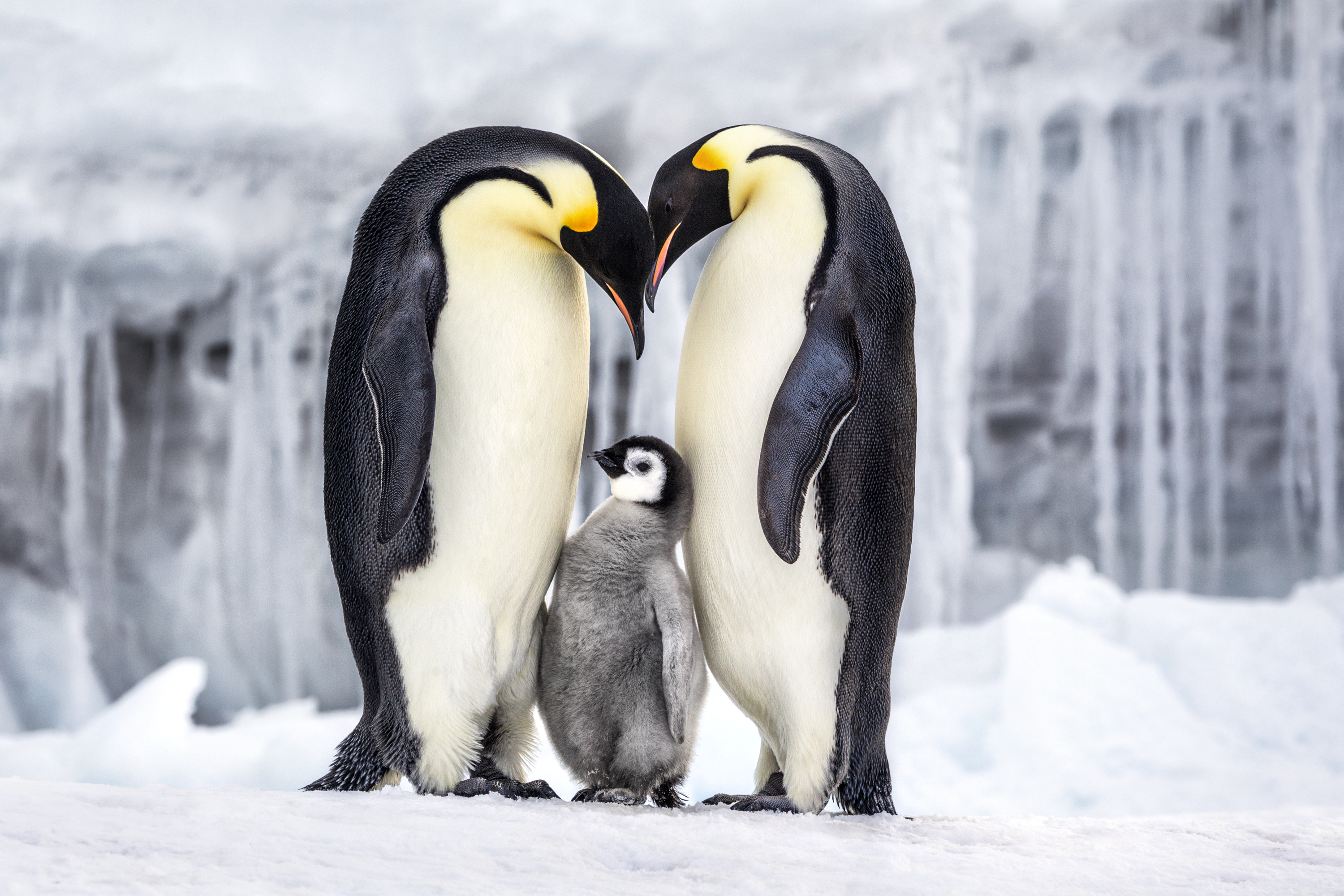
“After doing more than 500 public lectures around the world, I’ve met thousands of photographers who want to make a difference to help our dying planet but they needed guidance. I realised that the power of visual storytelling is needed now more than ever,” he says.
“After shifting my focus from National Geographic to SeaLegacy, I’m more inspired than ever to galvanise a movement of environmental warriors with their cameras. We need people to shoot powerful, impactful and meaningful photos with the goal of telling important stories. With the Masters of Photography course, I get to do a tell-all to thousands of people. I hope it inspires them.”
Telling stories is the key component in achieving ‘conservation wins’, as Nicklen describes them. Citing a recent example, he mentions sending a story-based email from SeaLegacy that inspired 6,000 people to write to Justin Trudeau, the Canadian Prime Minister. The following day, 104 species of shark were given protected status. Many organisations were involved, but “you need powerful visuals to start those conversations,” says Nicklen.
Get the Digital Camera World Newsletter
The best camera deals, reviews, product advice, and unmissable photography news, direct to your inbox!
A picture on its own isn’t enough, he adds: “I learned how to shoot decent pictures at a young age – I followed the work of my heroes, Tom Mangelsen, Art Wolfe and others – but I didn’t know how to tell a story. I didn’t know how to make a storytelling image or put together images that told a story.
“Back in 1997, Flip Nicklin offered to mentor me and I moved down to his house in the US. He taught me how to break through a brick wall of what it means to tell a story with a camera.
“It sounds so simple, but it really is very difficult, especially when you’re trying to get into the hallowed pages of National Geographic magazine, which was every young photographer’s dream. I didn’t realise how far away I was from that.
“I was pushing the limits of what the human body could endure, diving into sea ice in hypothermic conditions, but I was not telling a story. I was actually feeling a little deflated about just shooting pretty pictures in magazines and it was through that two-year mentorship with Flip and then later on a mentorship with Joel Sartore, who was another one of my iconic heroes at National Geographic, that I really fell into that family of great storytellers and got to learn from them.
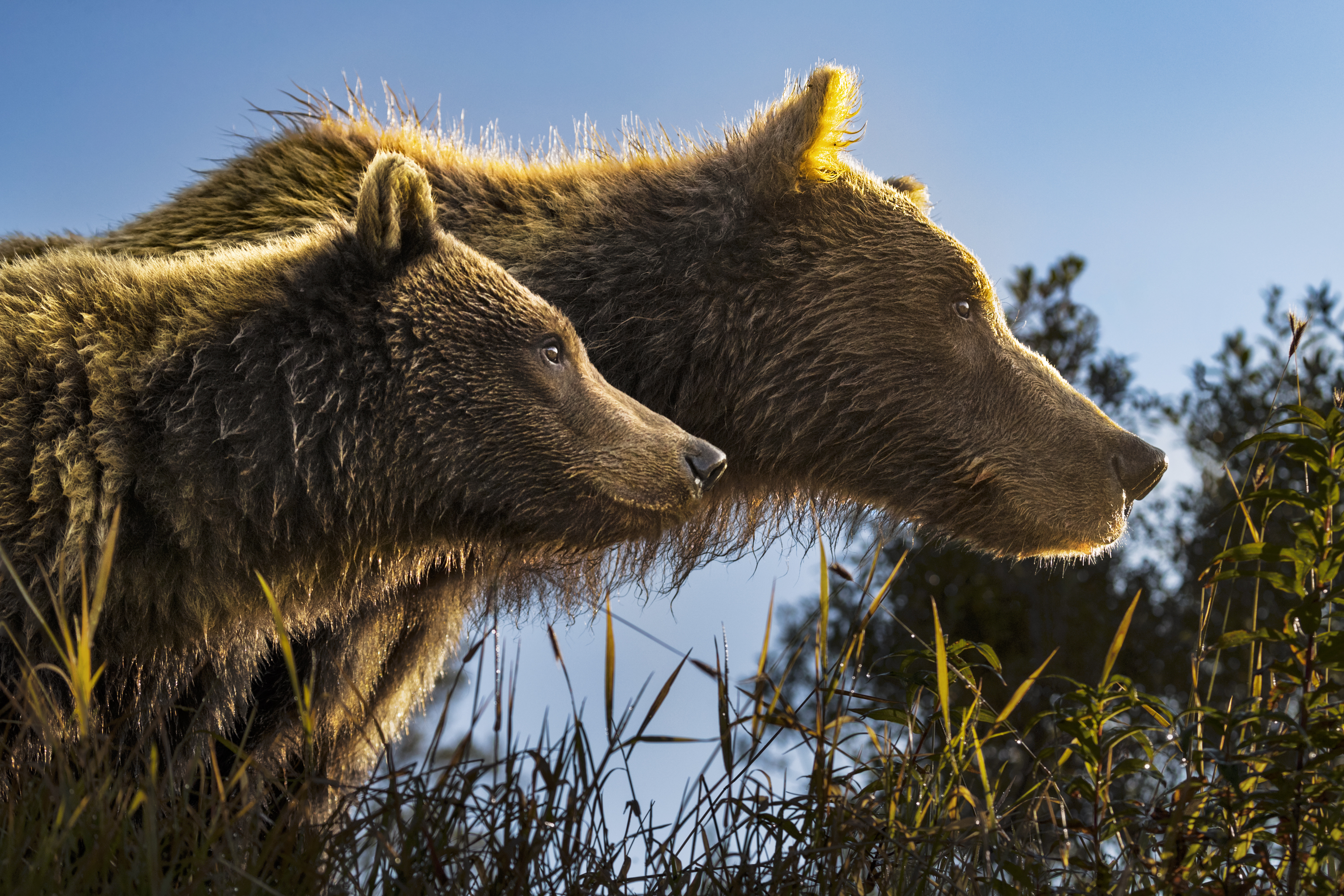
“Then in 2001 I got my chance when Ken Oberstein, the director of photography at National Geographic, gave me a chance on an Atlantic salmon story, about fish farming and wild Atlantic salmon around the world, which was my first big assignment.
“And it was so difficult. They gave me a big budget – I could go anywhere I wanted to in the world, and it was a two-year journey of trying different phases, different chapters, of that expedition and coming back and failing and getting feedback from my peers like Joel Sartore and Burt Box; Burt was my editor at that time. And everybody kept telling me how disappointed they were with my work and that I wasn’t really capturing it, and adding to the pressure I had on myself, I was driving myself crazy.
“For two years I did nothing but eat and sleep. I had 600 contacts in 10 countries around the world for this assignment and all the scientists and other photographers and fishermen, and the story was supposed to be 16 pages in National Geographic and it ended up being 24 pages and I won first place at World Press Photo.
“It was the first time I said to myself ‘OK, I can do this’; I’m building the confidence I need to pull this off. It made sense that when you string together a series of photographs and you work with a great writer and you have powerful captions, that all of a sudden that story can effectively reach tens of millions of people and it can really wake people up.”
And humankind does need to wake up, says Nicklen. The planet is not in a good state right now.
Above: trailer for Paul Nicklen's new video course
“I’m a biologist and have worked as a scientist but I am not a world expert,” he says. “But when scientists tell me that we’ve already lost 70 per cent of our biodiversity in ice, that the polar regions, the Arctic in particular, is going to be ice-free in the summer months in the next few years… when you see BBC video shots of 100,000 walrus stacked up on land falling off cliffs when it should be out on the sea ice…
“When you see that the majority of major fish populations have collapsed or are collapsing, when you see that we are taking hundreds of millions of sharks out of the oceans every year, you see ocean acidification, coral reefs dying, as we are out there on the front lines, you feel so deflated sometimes, and you feel that the more down and out you get, the more depressed you get about the state of our planet – and the only antidote to that is to take action.
“If you stay inactive and this stress builds up, that’s where I think we have climate anxiety and climate depression… We have the whole younger generation terrified about the future of our planet but they’re paralysed. In the Masters of Photography course I’m also trying to teach that the antidote to that paralysis, fear and depression is action – as soon as you pick up your camera and you get active, and you start to be a part of a win, then nothing feels better than that.
“I’ve taken bad photographs, I’ve taken good photographs, I’ve taken powerful photographs, I’ve taken photographs that have won awards – but all of that pales in comparison to having a major conservation win, because of visual storytelling. You helped to galvanize a movement, you worked with a great team of storytellers and that just is where I’m trying to steer the photographic population.”
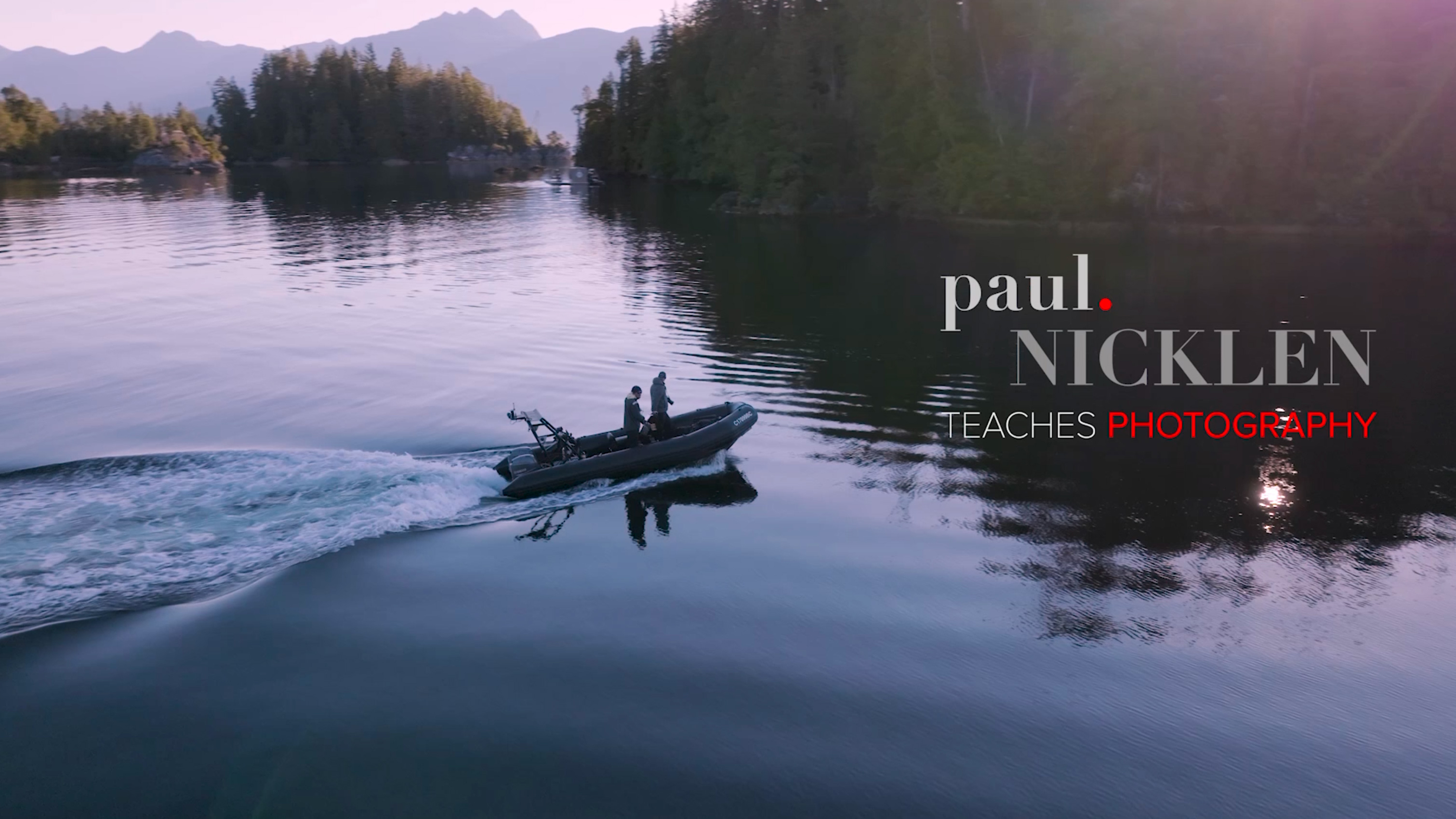
And a great way of helping to effect this change would be to sign up for Nicklen’s Masters of Photography course. The first 15 episodes are available to early-bird buyers now, with more to follow in early 2023. Click here for a flavor of the course.
As Nicklen says, this the “first and only time” that he will be sharing tips, tricks and insights from his 20-year career. So it’s no surprise that he threw himself into the making of his Masters of Photography course.
He says that one of his main motivations for doing it was to free people from any nagging doubts they might have regarding their abilities to become successful visual storytellers, especially as this is something that Nicklen had to overcome.
“When I was young, I had all the little voices telling me that I was going to fail,” Nicklen recalls. “My dad said, ‘You’re never going to make it – sell your gear and stay with your government job. What are you thinking?’ All my peers said, ‘Don’t do it, you’re not a photographer.’
“As I’m going up through the ranks slowly, I had everybody saying I wasn’t good enough, I even had mentors saying that I was going to fall flat on my face, that I wasn’t going to make it to National Geographic, and that I should just give up on the dream. These little voices wear you down emotionally.
“So I thought that if I can help set a lot of these photographers free, help them to believe in themselves, then it’s better for them and for the planet.
“This course is supposed to inspire people – I want them to realise that stories are all around them; they’re in their backyard.
“They don’t all have to head to Africa to take the same picture of the same lion and then ask, ‘Now what?’ That would be setting themselves up for failure.”
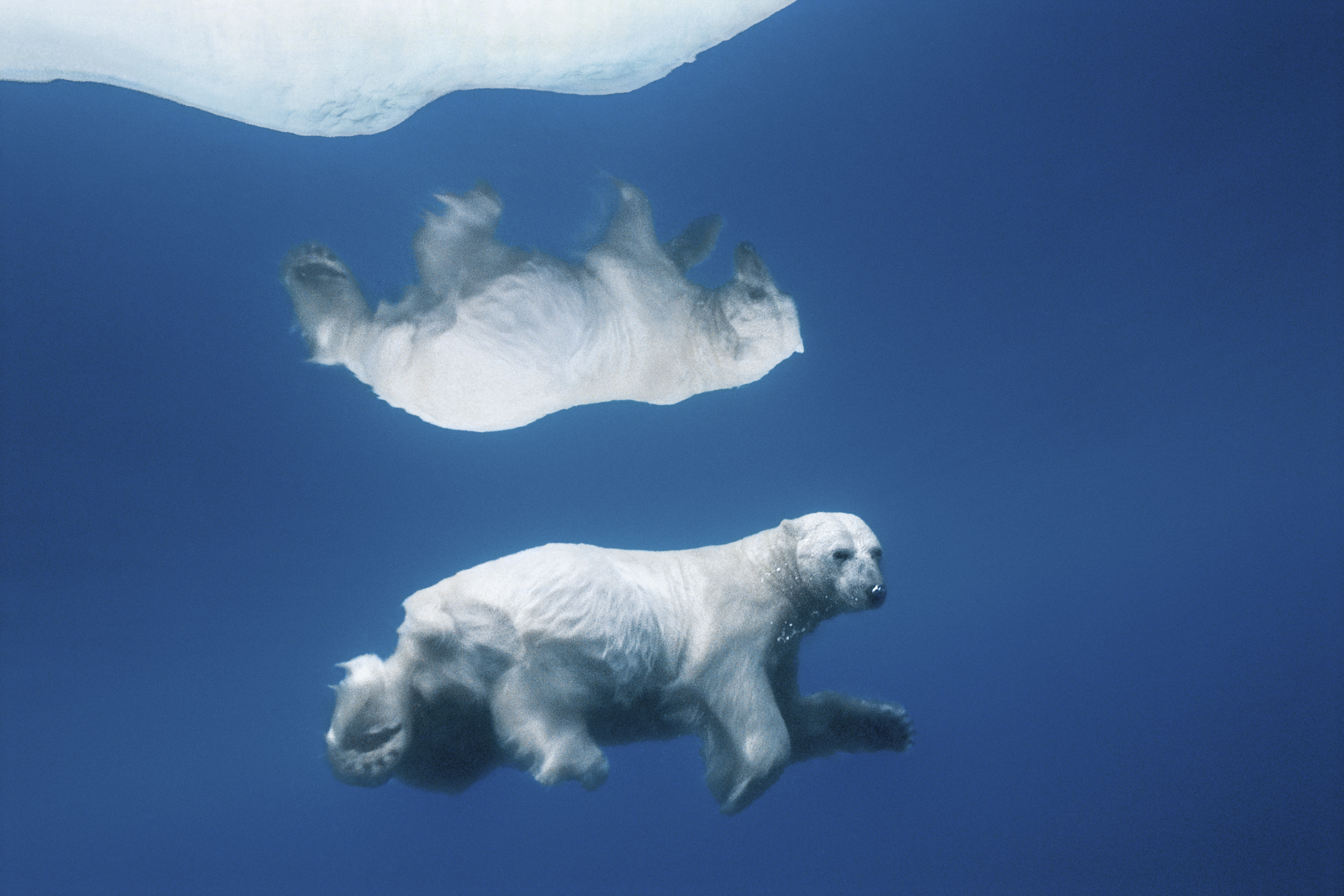
Although Nicklen does reference cameras and equipment in the course, participants shouldn’t expect a lot of technique tips – instead, he would rather focus on the photographer’s mindset rather than recommending a suitable tripod height.
“On this course, I really get into left brain/ right brain,” he says. “Everybody has a left mathematical/ analytical brain and I’m trying to teach people to get stuff like ‘Which f-stop and what ISO?’ out of the way as quickly as they can – learn your gear, go sit in the bathroom, turn the lights off and do it that way.
“Instead, get into your right brain and get lost, get creative, just go on a journey. When I’ve done shooting an amazing scene, I am so numb, I am so weak and I almost don’t know where I am. Artistically I’m lost and that’s when I know I’m in the zone and from that I don’t even remember what I’ve shot until I go through the editing process.
“So we do a lot of that kind of thing, I really teach people a lot to set themselves free – again, get left brain/ right brain, don’t get too hunkered down on the technical side.”
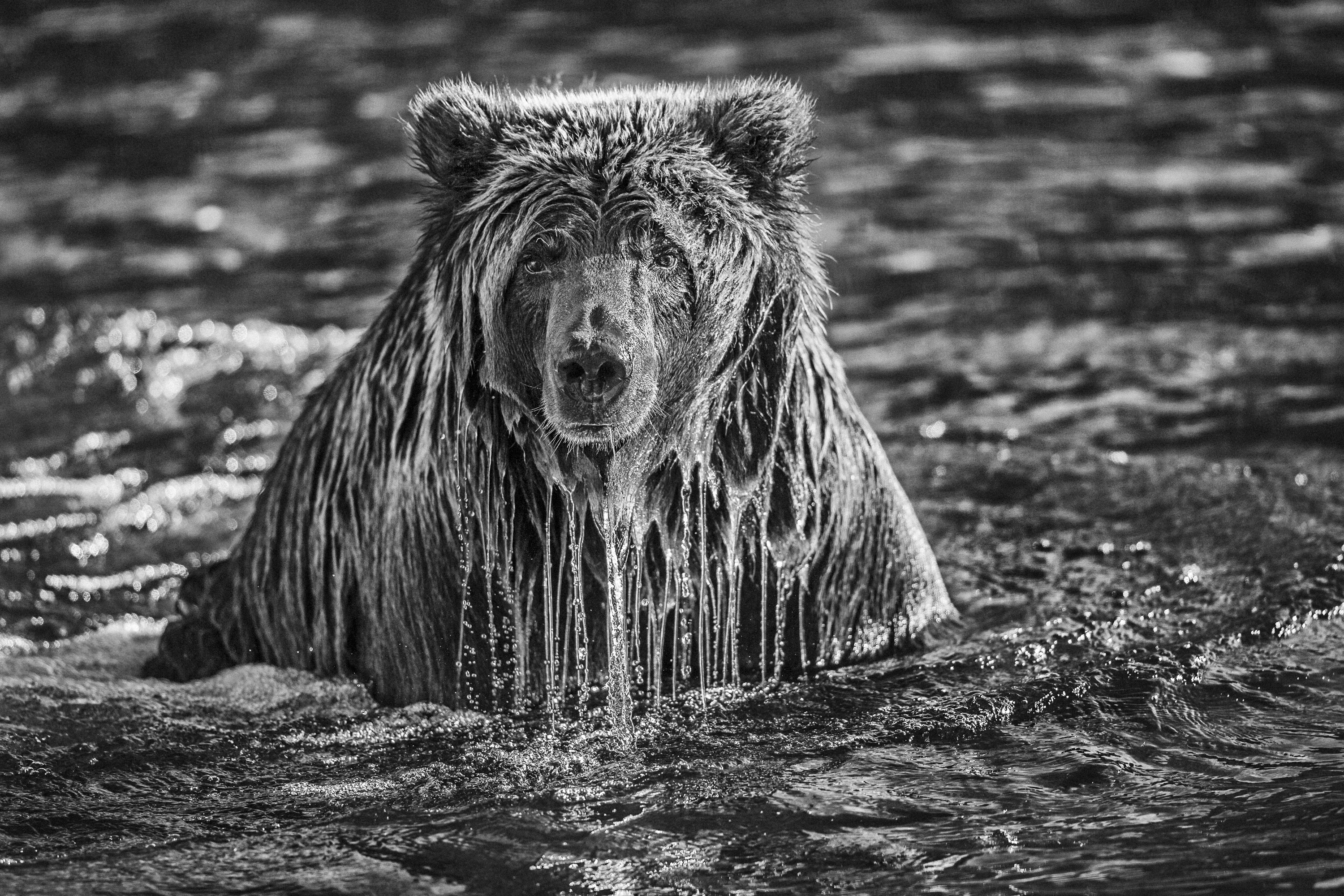
In the course description, Nicklen’s ‘20-60-20 rule’ is cited as one of his cornerstone techniques. He explains that is something he developed for himself from the beginning of his first assignment for National Geographic, and recommends that other photographers should try it.
For the first 20% of his time at his chosen location, Nicklen will familiarise himself with his subject, allowing it to see him and smell him and get used to the camera, but without putting any pressure on himself or the animal. Once the familiarity has been established, Nicklen switches into the 60% period, which accounts for most of his shooting time; this is where he calls on his tool set of artistic styles.
Finally, when he feels he has captured enough photos, he moves into a 20% stage, where he tries out techniques he knows might not always work – things like 30-second handheld exposures and “wild split-images”, as he calls them – but where something might just be successful. This experimentation is worth it, he says, because it enables him to learn something and grow as an artist.
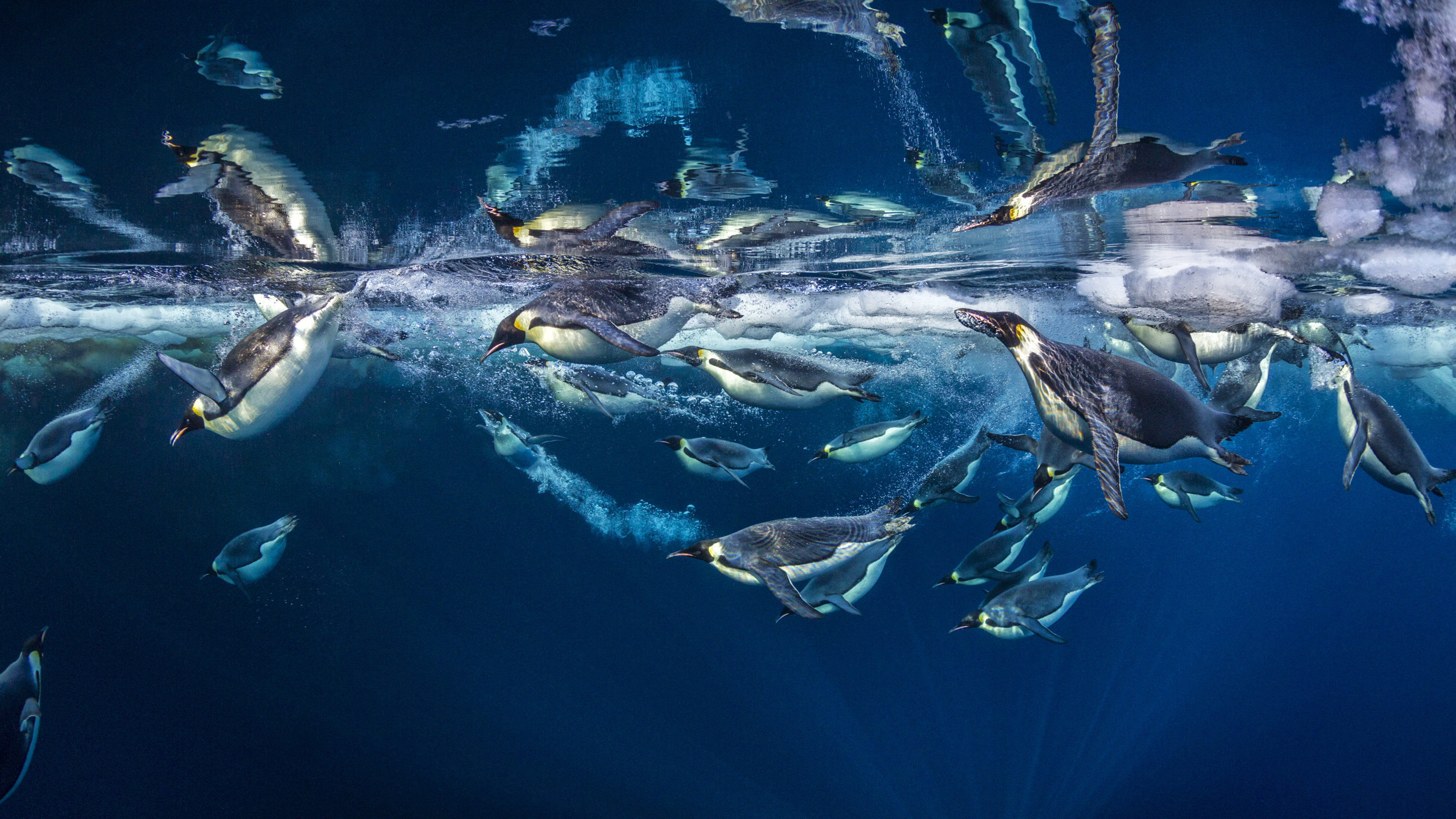
And it was from one of these 20% stages that Nicklen landed a National Geographic magazine front cover, for his photo of a spirit bear.
“The assignment was over and heading into an inlet, we hadn’t seen spirit bears for a long time,” he explains. “My assistant, Jed, saw this spirit bear walking out of the forest and the light was so low I was just watching it and not even shooting it.
“I looked over at my captain, who was a doctor, and he’d just bought the latest camera which was good in low light, so I grabbed it out of his hand and grabbed a few shots and all of a sudden it’s in my body of work. Psychologically, it wasn’t something that I had really worked for, and I had so many images that I liked more, but in the editing process it ended up staying in and sticking around.
“It’s the one picture of a spirit bear that I sell as a fine artist, the one picture that is on the cover of National Geographic and it’s the one that people gravitate to.”
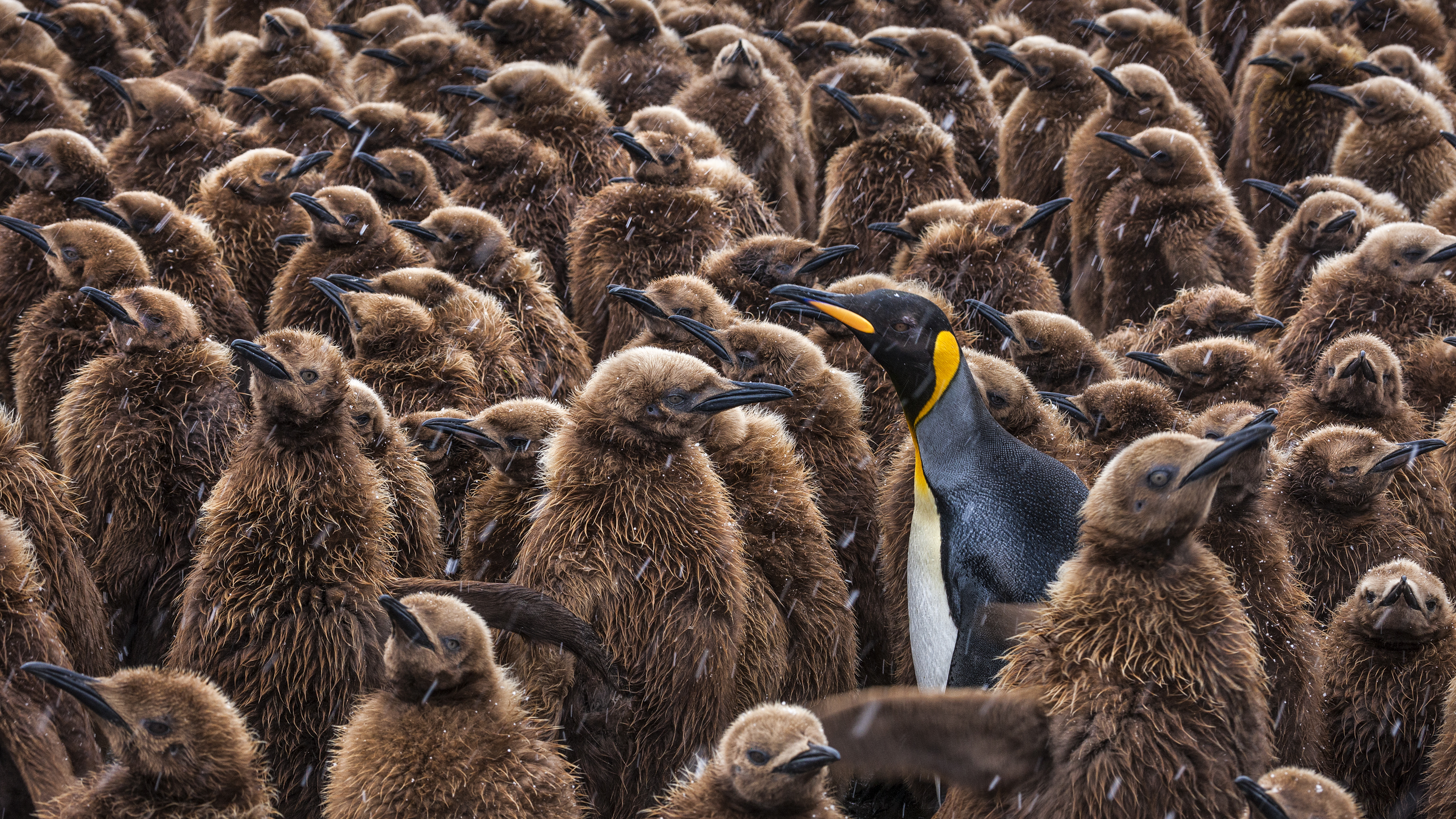
The media landscape has evolved a lot since Nicklen started his journey as a nature photographer, and the adoption of digital technology means there has never been such a wide variety of outlets for visual storytellers to tell their stories. But does Nicklen think that the next generation of nature photographers will be as passionate as the previous one?
“I think the fire is there, they just don’t know how to direct it,” he replies. “Also, you get the fire burning in them, the desire to make a difference, then they’ve got the little voices telling them that they’re doing it all wrong.
“Again, I think that this course really helps to separate all that noise, all the mistakes that I made, and it will really help people coming through to focus and to think about what to do and where to go.
“Nowadays you need to be a Swiss army knife: you need to be able to write, you need to be able to blog, you need to be able to shoot, to edit video, to edit stills, to do an interview… you don’t need to be the best at all that stuff, but once you’re a Swiss army knife of stills, then any scientific or non-profit organisation out there is going to want to have you on their team.
“The world has changed – for me there was a funnel to get to National Geographic, just to shoot pictures and shoot stories, but all these mediums have changed now, just in the last 10 years, and it’s more exciting than ever.
“If you’re willing to put in the time to become a Swiss army knife then you no longer have to be the next big name in photography; you could just be a 22-year old who’s figured out all these high-tech gadgets and platforms and from there you’ll be value-added to a great [conservation] programme.
“I think it’s a great time to enter the conservation space, to get in the game. People are all very much value-added right now, and I want to teach people that they are needed and that they can become value-added.”
We started our conversation discussing the power of photographs, and what visual storytelling can achieve. Anyone who takes Nicklen’s Masters of Photography course will be fully aware of that power, and with participants being able to draw inspiration from Nicklen’s expert insights, practical know-how and creative guidance, more conservation wins are sure to come in the future.
“We need people to realise that taking pictures isn’t just fun and joyful and it’s not going to Africa and sitting in vehicles – it is being out there striving for the most powerful, most evocative image that you can shoot that will ultimately drive change.”
Sign up to Paul Nicklen’s course today
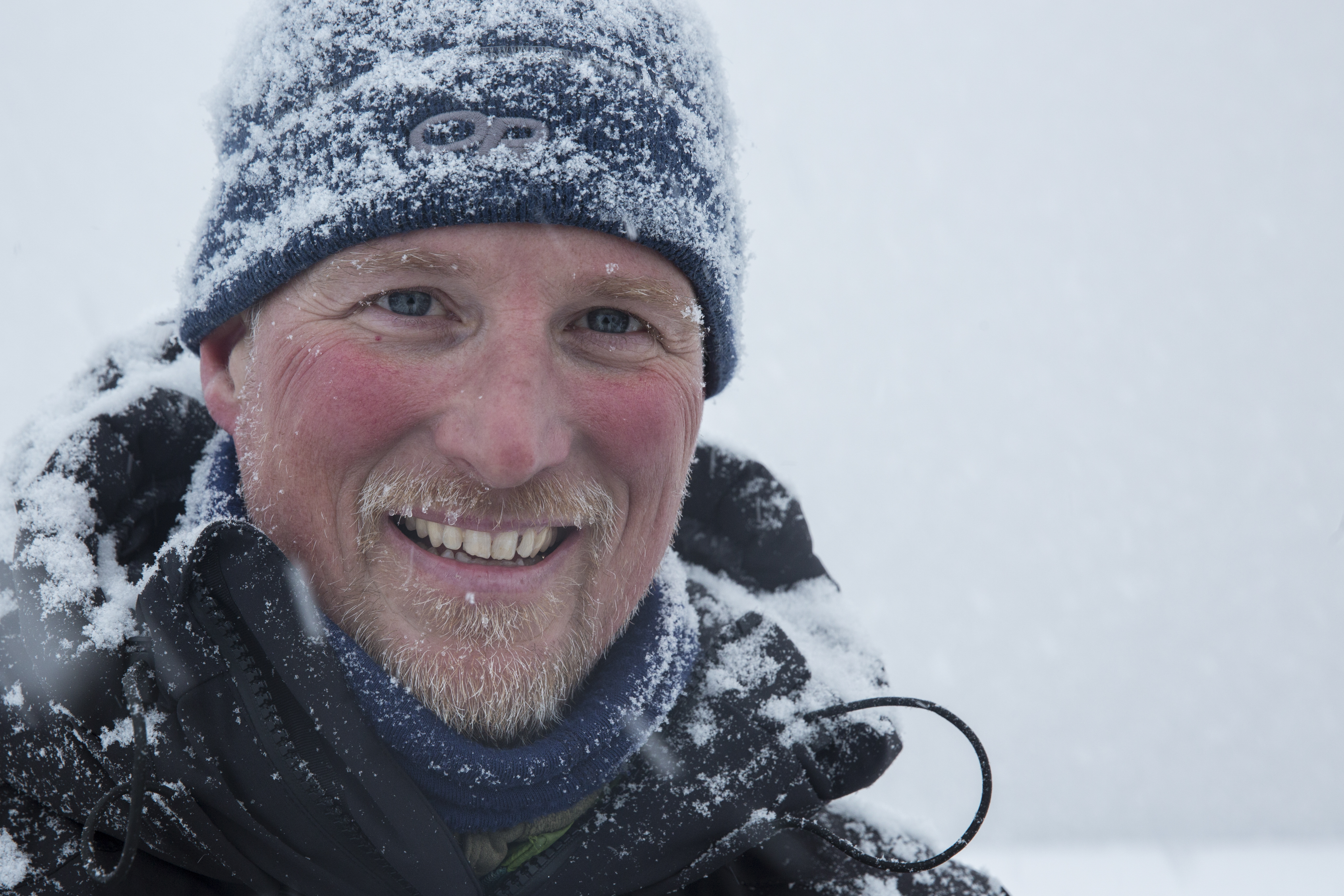
For early bird access to Paul Nicklen's Masters of Photography course, go to the Masters of Photography website.
Three pricing tiers are available:
Masterclass: $199 – the initial 15 episodes and following 35 episodes, plus unlimited access and access to a private Facebook group
Gold Access Masterclass: $249 – as per previous tier, plus bonus and behind-the-scenes episodes, plus a recording of the live 'Ask Me Anything' with Paul
Platinum Access Masterclass: $499 – as per previous tier, plus entry to a draw for a portfolio review with Paul, plus live access to 'Ask Me Anything' with Paul
Read more:
The best places for photography around the world
The best camera for shooting wildlife in 2022
The best 150-600mm lenses in 2022
Digital Camera World is the world’s favorite photography magazine and is packed with the latest news, reviews, tutorials, expert buying advice, tips and inspiring images. Plus, every issue comes with a selection of bonus gifts of interest to photographers of all abilities.
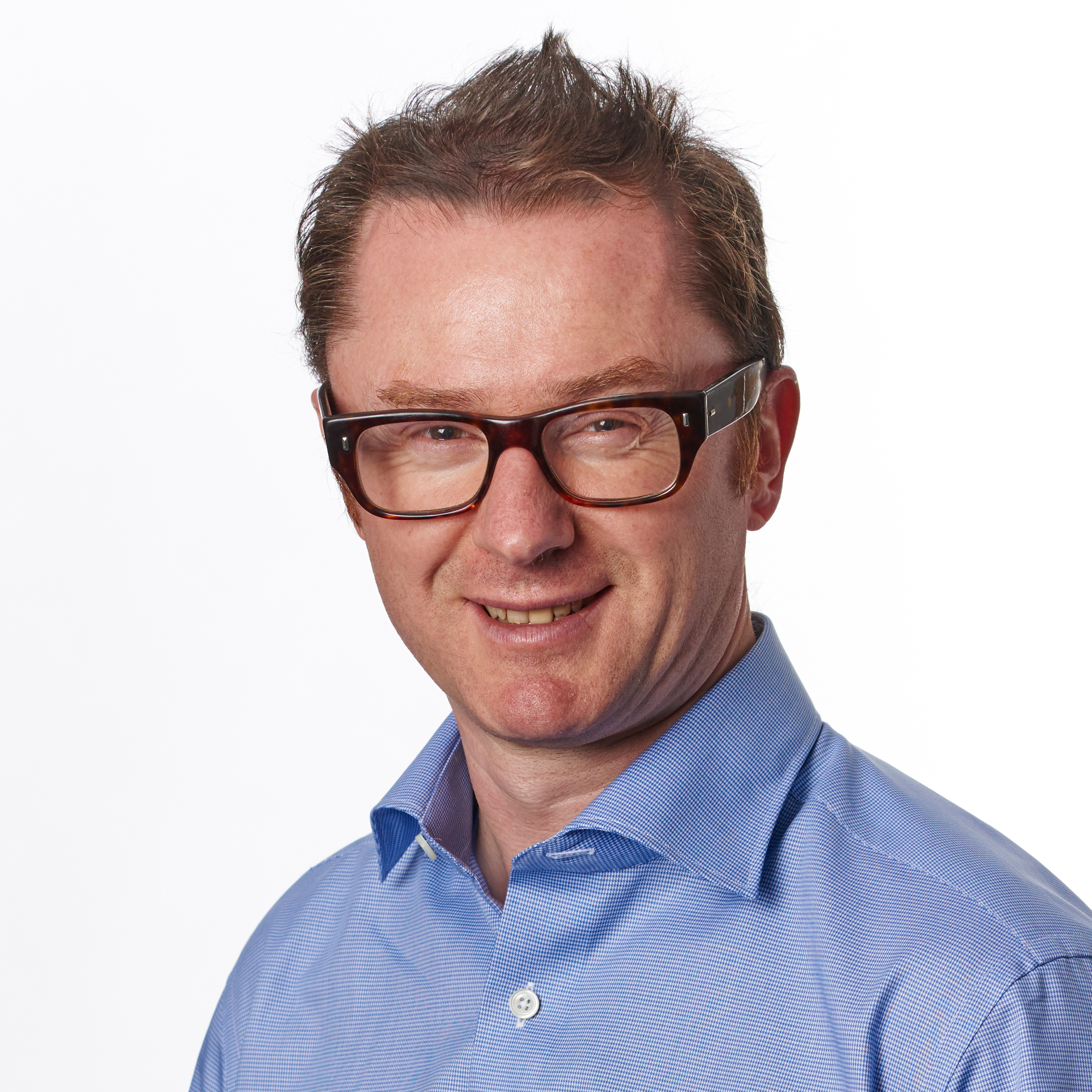
Niall is the editor of Digital Camera Magazine, and has been shooting on interchangeable lens cameras for over 20 years, and on various point-and-shoot models for years before that.
Working alongside professional photographers for many years as a jobbing journalist gave Niall the curiosity to also start working on the other side of the lens. These days his favored shooting subjects include wildlife, travel and street photography, and he also enjoys dabbling with studio still life.
On the site you will see him writing photographer profiles, asking questions for Q&As and interviews, reporting on the latest and most noteworthy photography competitions, and sharing his knowledge on website building.
